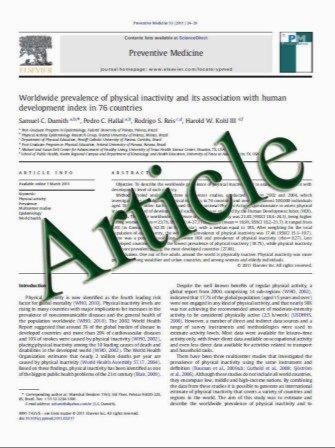Role of Ultrasound and Other Advanced Imaging in the Diagnosis and Management of Gout
- نوع فایل : کتاب
- زبان : انگلیسی
- مؤلف : Ralf G. Thiele
- چاپ و سال / کشور: 2011
Description
Imaging of gout with conventional radiography has been described since shortly after roentgenography was invented. Ultrasound (US) detects more erosions than conventional radiography in rheumatoid arthritis, and the same seems to be true for gout. MRI is being used to assess articular and periarticular masses, including gouty tophi. However, MRI findings in gout can lack specificity. Monosodium urate (MSU) tophi are very echogenic when US is used. Typical US features of gout include a doublecontour sign or “urate icing.” The double-contour consists of the hyperechoic bony contour and a parallel hyperechoic line of MSU crystals that deposit on the hypoechoic or anechoic hyaline cartilage. Tophi can have a “wet clumps of sugar” appearance, often surrounded by an anechoic halo. Tophi are closely related to the formation of erosions. If serum urate levels are lowered consistently below 6.0 mg/dL, the disappearance of MSU crystals can be observed sonographically.
Curr Rheumatol Rep (2011) 13:146–153 DOI 10.1007/s11926-010-0156-4 Published online: 6 January 2011


